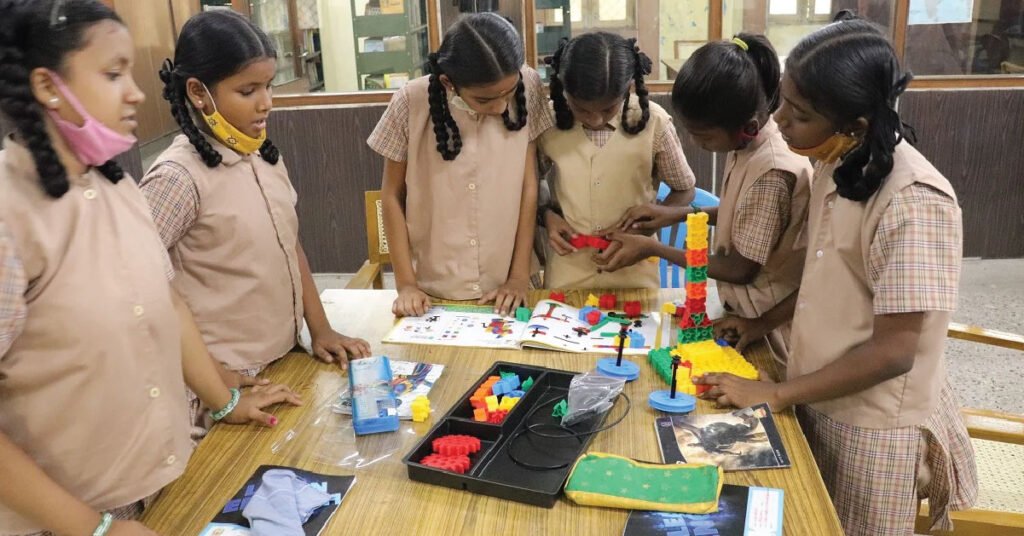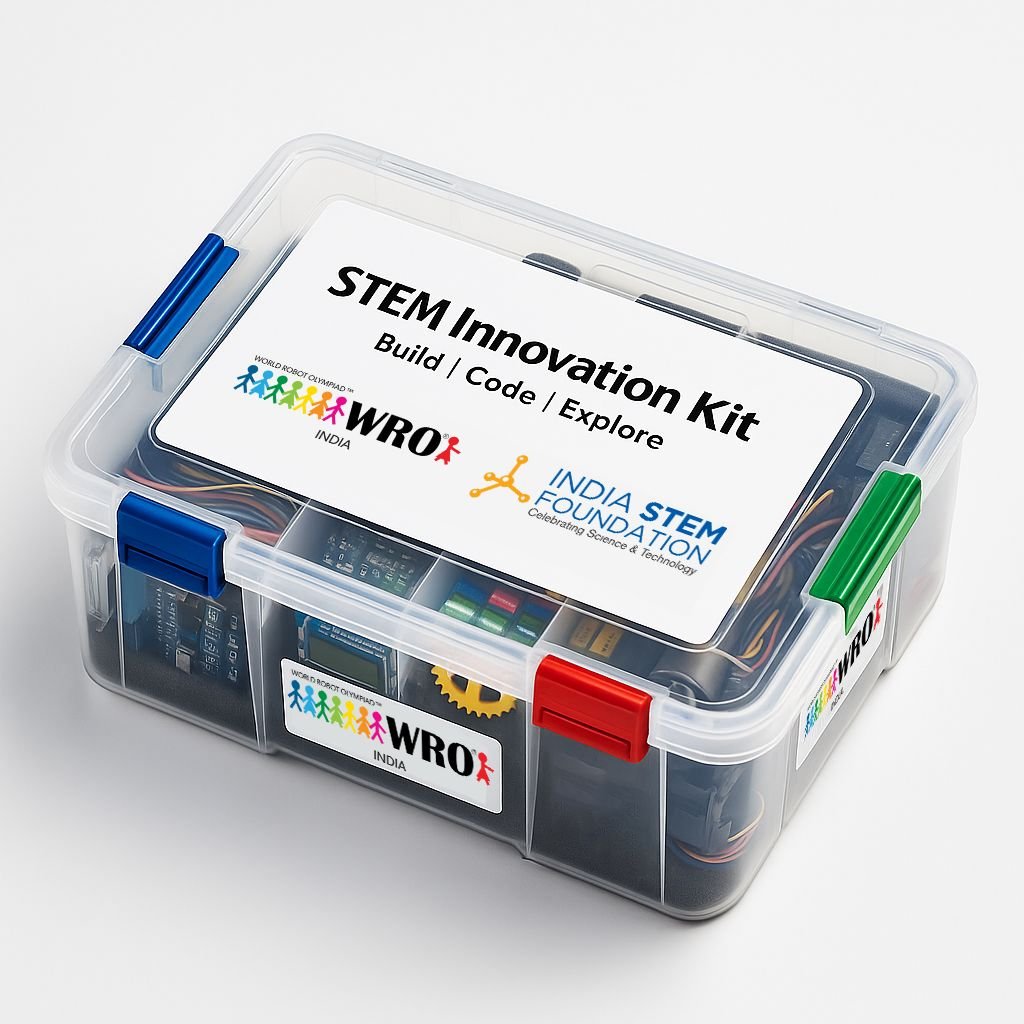STEM fields—Science, Technology, Engineering, and Mathematics—traditionally place a strong emphasis on technical proficiency, problem-solving abilities, and analytical capabilities. It places more value on technical expertise and rigorous, data-driven methods than on creativity and the arts, which are essential for innovative and comprehensive problem-solving.
The combination of STEM (science, technology, engineering, and mathematics) with the arts and humanities, also known as STEAM, offers a revolutionary approach to education in the quickly changing world of today. By bridging technical and creative areas, this interdisciplinary learning style promotes creativity and innovation. Students and professionals get a more comprehensive skill set that improves problem-solving and creative thinking when STEM is combined with artistic and humanistic viewpoints. This method incorporates technical breakthroughs with artistic and humanistic activities in addition to enriching standard STEM subjects. Adopting STEAM transforms our way of thinking and creating by enabling people to drive development in a variety of sectors and explore new possibilities.
The Concept of Interdisciplinary Learning
Integrating several academic fields to approach complicated issues and problems from different angles is known as interdisciplinary learning. This strategy crosses conventional boundaries by fusing techniques and information from other domains to produce a more all-encompassing understanding. Interdisciplinary learning promotes collaboration across technical and creative fields in the context of STEM and the arts and humanities by fusing analytical abilities with creative expression. This combination improves one’s capacity for problem-solving, fosters creative thought, and results in deeper, more complex answers. Interdisciplinary learning expands one’s intellectual boundaries and equips one to approach problems in the real world in a more creative and comprehensive manner by bridging disciplinary divides.
The advantages of combining STEM with the humanities and arts:
Increased Originality
combines artistic expression with analytical abilities to promote creative problem-solving and novel ways of thinking.
All-encompassing Education
Promotes thorough knowledge by fusing technical and artistic viewpoints and approaching difficult issues from several directions.
Enhanced Solution-Selection
Combines many approaches to provide more reliable and adaptable answers to problems encountered in the real world.
Enhanced Involvement
connects technical topics with artistic applications to make learning more dynamic, engaging, and attractive to a wider variety of interests.
Improved Capabilities in Communication
enhances the capacity to communicate difficult concepts in an understandable and engaging way by fusing factual precision with imaginative narrative.
Promoting Creativity
Encourages the development of new strategies and discoveries by fusing meticulous technical analysis with creative and innovative ideas.
Getting Ready for a Variety of Careers
It gives students a broad skill set that may be used for a variety of careers, including ones that combine technical and artistic disciplines.
STEM in Arts
Broadens the scope of artistic activity by slickly combining technology and engineering with creative expression. While 3D printing turns digital conceptions into tangible art pieces, digital tools, and software enable artists to experiment with new approaches and produce elaborate patterns. Sensors and technology are used in interactive installations to immerse viewers in the work, while programming is used in algorithmic art to create new visual treatments. Innovative artistic expression can be facilitated by virtual and augmented reality, which can create immersive experiences. New genres of music and sound art have also been made possible by technological developments in sound and music. These developments allow artists to explore with auditory aspects. This combination of STEM and art stimulates artistic expression and creates new avenues for innovation.
The role of technology in enhancing artistic expression and creativity:
Tools for Digital Art
Thanks to technology, artists may now create and manipulate digital artwork using software, which expands their creative options and methods.
Information Visualisation
STEM concepts enable artists to visually represent data in captivating ways, converting difficult information into forms that are both aesthetically pleasing and easily understood.
The 3D Printing Process
With the use of 3D printing technology, artists can produce elaborate models and sculptures, transforming computer drawings into real, physical works of art.
Engaging Installations
The amalgamation of interactive technology and sensors results in immersive art pieces that captivate viewers in unprecedented ways.
Art by Algorithms
Art is created by utilizing programming and algorithms to explore novel aesthetics and creative processes through code.
Augmented Reality (AR) and Virtual Reality (VR)
Through immersive and interactive art experiences, virtual reality and augmented reality technologies provide new venues for artistic expression.
Technology for Music and Sound Art
Thanks to technological advancements, artists may now experiment with sound and music, creating unique aural experiences with hardware and software.
STEM in Humanities
STEM in the Humanities enhances our comprehension of history, literature, and culture by fusing scientific and technological methods with traditional humanistic studies. To improve research and interpretation, digital humanities employ computer techniques for text analysis, pattern recognition, and historical data visualization. By mapping historical occurrences and cultural phenomena, geographic information systems (GIS) provide fresh perspectives on spatial linkages and historical contexts. Algorithms are used in computational linguistics to investigate linguistic trends and create language technologies. Data analysis is a quantitative supplement to qualitative research that helps to comprehend social trends and cultural transformations. By linking technological and interpretative fields, the integration of STEM and humanities promotes a better, multifaceted understanding of human experiences and historical circumstances.
Digital Humanities
Enhances the study of literature and history by making use of computer technologies for text analysis, data visualization, and historical research.
Systems of Geographic Information
Provides insights into geographical linkages and historical contexts by mapping cultural phenomena and historical events.
Linguistic Computation
Uses algorithms to research linguistic patterns, create linguistic technology, and evaluate linguistic information.
Information Analysis
Complements traditional qualitative research by using quantitative approaches to explore historical patterns, societal trends, and cultural transformations.
Word Processing
Large amounts of text data are extracted and analyzed to find patterns, topics, and insights for literary and historical research.
Online Archives
Assembles digital archives and collections to make historical records and artifacts available for study and teaching.
Analytical Culture
It uses statistical techniques and algorithms to analyze cultural and social data in order to find trends and patterns in the creation of culture.
In summary, The conventional emphasis in STEM areas is on problem-solving, analytical thinking, and technical expertise. The STEAM method, which combines these with the humanities and arts, offers a revolutionary way to teach. Through the combination of technical proficiency and creative expression, this interdisciplinary fusion promotes innovation and improves problem-solving skills, all of which enrich learning. Through the integration of rigorous analysis and creative thinking, STEAM expands students’ horizons and equips them with a variety of professional options. Combining STEM with the arts and humanities fosters creativity, expands comprehension, and produces more thorough answers to difficult problems. Adopting STEAM accelerates advancement in a number of industries by fostering a well-rounded approach to education.




